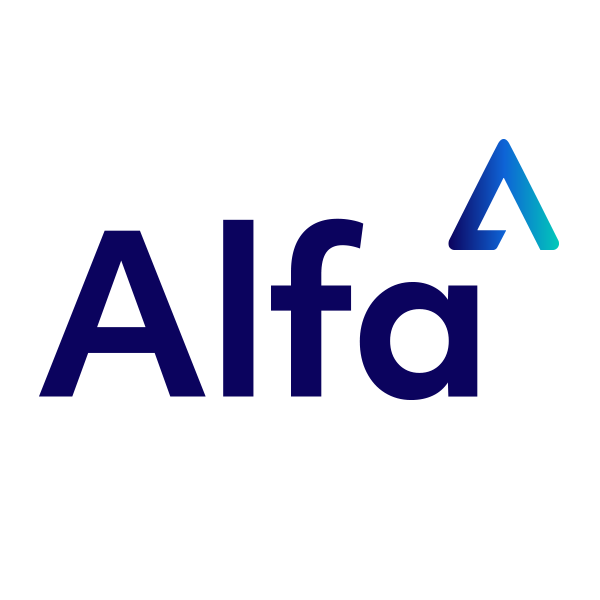
The 26th United Nations Climate Change Conference (COP26), held in November 2021, saw a renewed push from global leaders to tackle global warming. Commitments including $130 trillion of private capital dedicated towards the net-zero transition were hailed as bold steps in the right direction; governments and businesses were finally rallying to get a handle on pollution.
But there is a long way to go. Estimates suggest UK businesses will squander £30bn of energy in 2022 – even as, over the past year, the case for efficiency has become more urgent. War in Ukraine created bitter headwinds in energy markets, and businesses are being buffeted. Fuel costs alone have trebled for some firms. The knock-on effects for raw materials mean operators of all sizes across numerous sectors – from retail to manufacturing, agriculture to hospitality – are being driven to the wall. And demand is falling as households face bill hikes of their own. Energy efficiency is a commercial as well as an environmental imperative. But wastage remains baked into advanced economies and decisive action remains elusive.
In hope of getting to the heart of these problems – and uncovering possible solutions – Alfa, an asset financing software provider and Capitas Finance, a low-carbon finance specialist, have released a new whitepaper on the topic. “It’s about trying to get the finance world to take a step forward,” says Darren Rivas, CEO of Capitas. “We wanted to show how they can provide new financing and new systems for many different sectors.”
Rhetoric versus action
Half of FTSE 100 firms are committed to making their operations net-zero by 2050. But a 2021 report from the UK Climate Change Committee found that only five out of 34 sectors had made notable progress in the past two years, reflecting one of the whitepaper’s major themes: grand commitments from big business are yet to translate into tangible change.
Government intervention is filling the void. UK regulators banned the sale of halogen bulbs in September 2021; a response to the failure of business decision makers to roll out LED lighting, which delivers energy savings of 70% compared with traditional lighting techniques. Additional measures in the wake of COP 26 will spotlight conglomerates’ prevarication over net zero, with new reporting rules from the Task Force on Climate Related Financial Disclosures requiring any private firm with over 500 employees and a £500 million turnover to reveal climate-sensitive financial information.
Corporations would rather be hailed for their climate commitments than named and shamed for failing to live up to them. Medium sized businesses – particularly those still recovering from the shock of a pandemic – may acknowledge the long-term potential return on investment from fuel efficiency, but are put off by the bureaucracy and upfront costs associated with installing complex new energy systems. Effecting an overhaul is easier said than done.
Finance to the rescue?
Thankfully, change is on the horizon. According to Riva, where thrifty finance departments were once reluctant to indulge efficiency drives – more concerned with “the pound notes saved” in the short run – bolstering efficiency and boosting bottom lines are no longer mutually exclusive. “Now it’s no longer about the pound notes,” Riva explains. “It’s about carbon reduction, both from a future proofing perspective, because of carbon taxes that may be levied, plus reputational risk from not making carbon a key part of business strategies.” The energy crisis over the past year has accelerated this drive: “energy is becoming such a significant part of many businesses’ P&L. They need to manage it now.”
This is where new approaches to financing efficient energy assets can help. As Alfa and Capitas explain, solutions are emerging for the dilemma between pollution-promoting inaction and prohibitive upfront investment in energy efficiency. A variety of new models are bridging the gap.
Power purchase agreements provide one example. They offer more reliable short-term returns on investment for renewable generator owners, and favourable sub-market rates for business consumers. Another is collaboration with market experts. Consider electric vehicle chargepoints; although an increasingly in-demand energy asset, installing them is expensive and complex. Working with chargepoint operators, on the other hand, means businesses can install a facility while circumventing high initial costs, then reap a share of the income. And the proliferation of service based models – for everything from lighting to refrigeration – gives manufacturers access to innovative energy-saving technology while keeping maintenance costs low.
Regulation still has an important role in promoting these new models. “The next step for regulation is to mandate some of the efficiency and generation projects highlighted in the report,” says Riva. But finance companies must step up to ensure credit is reaching areas where it will yield maximum long-run returns. As Riva explains, rethinking how contracts are framed is one option: “finance companies have strong asset departments and understand the value of an energy asset at the end of a contract. But we need to invest in the lifetime of that contract – understanding how the asset is performing over time, and how to model it better.”
This is why firms like Capitas and Alfa are so vital in the drive towards net-zero. Capitas is building new partnerships all the time to keep credit flowing; Alfa supports them with cutting-edge software systems, allowing the value of energy efficiency to be traced and quantified. Market turbulence has shown the time for action on sustainable energy is now or never: businesses must invest wisely to ensure they are on the right side of history.
To learn more about new models of energy asset financing, how they are helping businesses and the specialist software Alfa has developed to smooth the process, download the whitepaper on this page.


